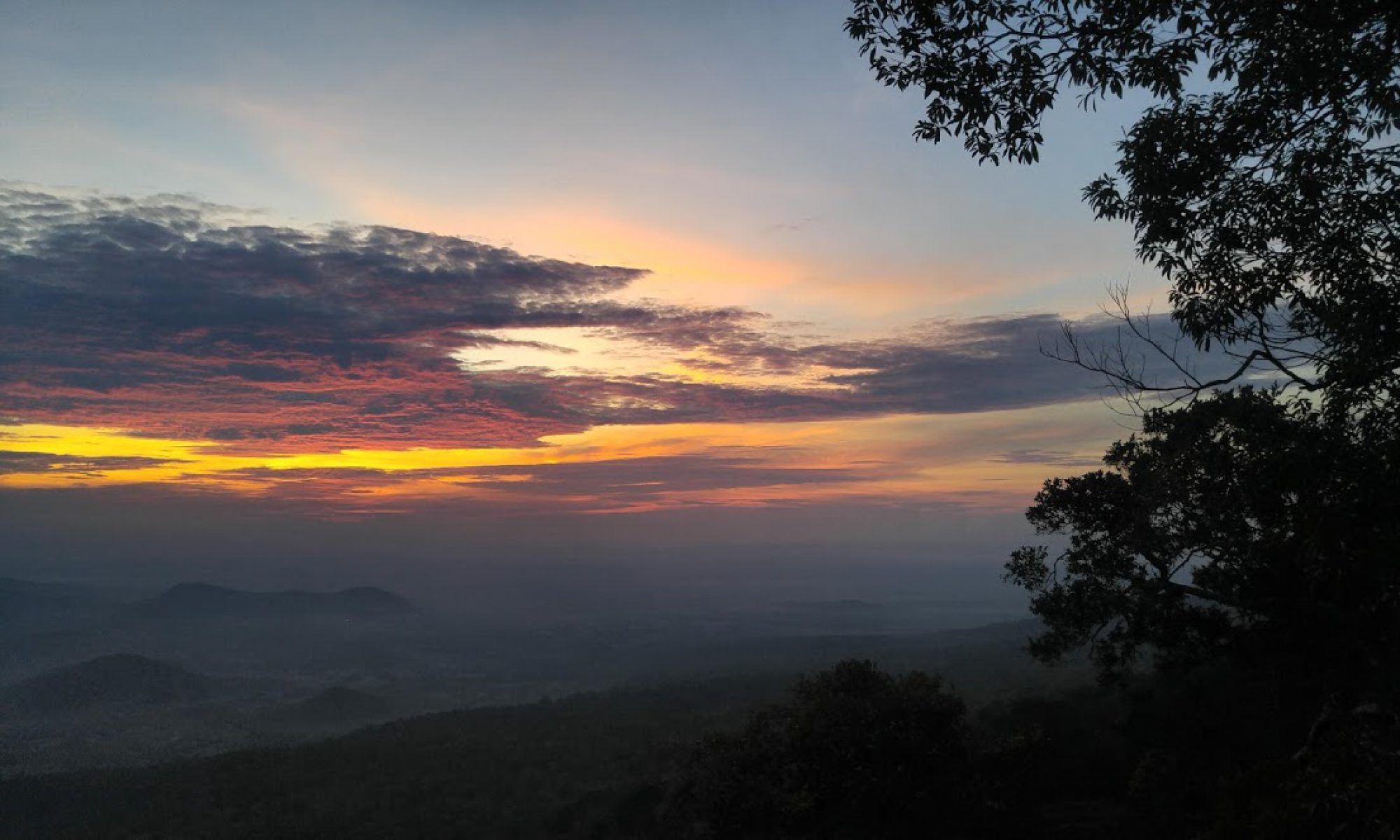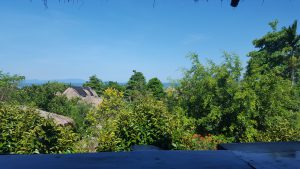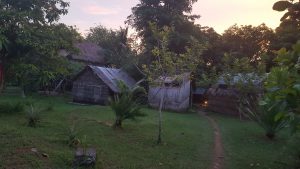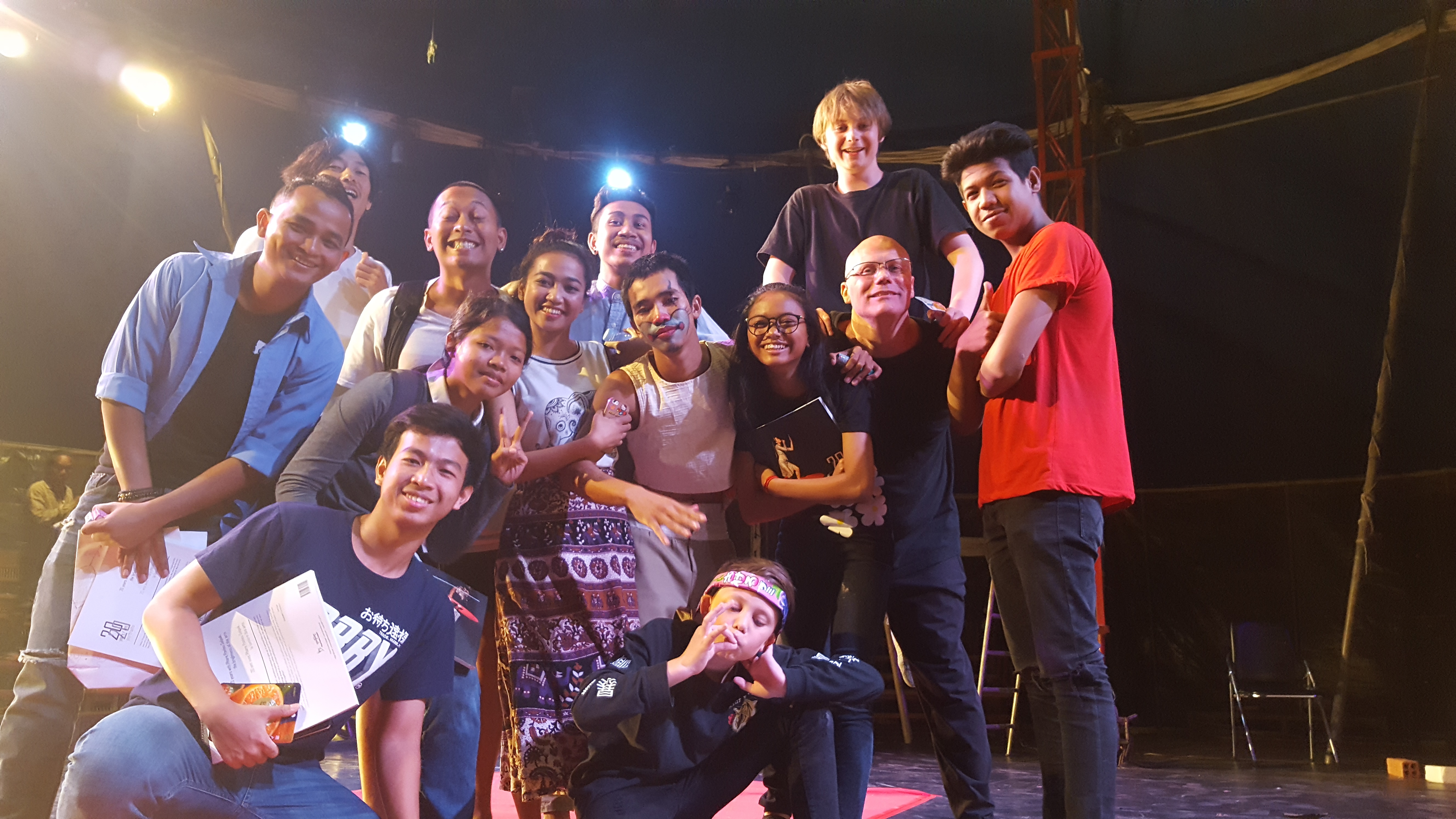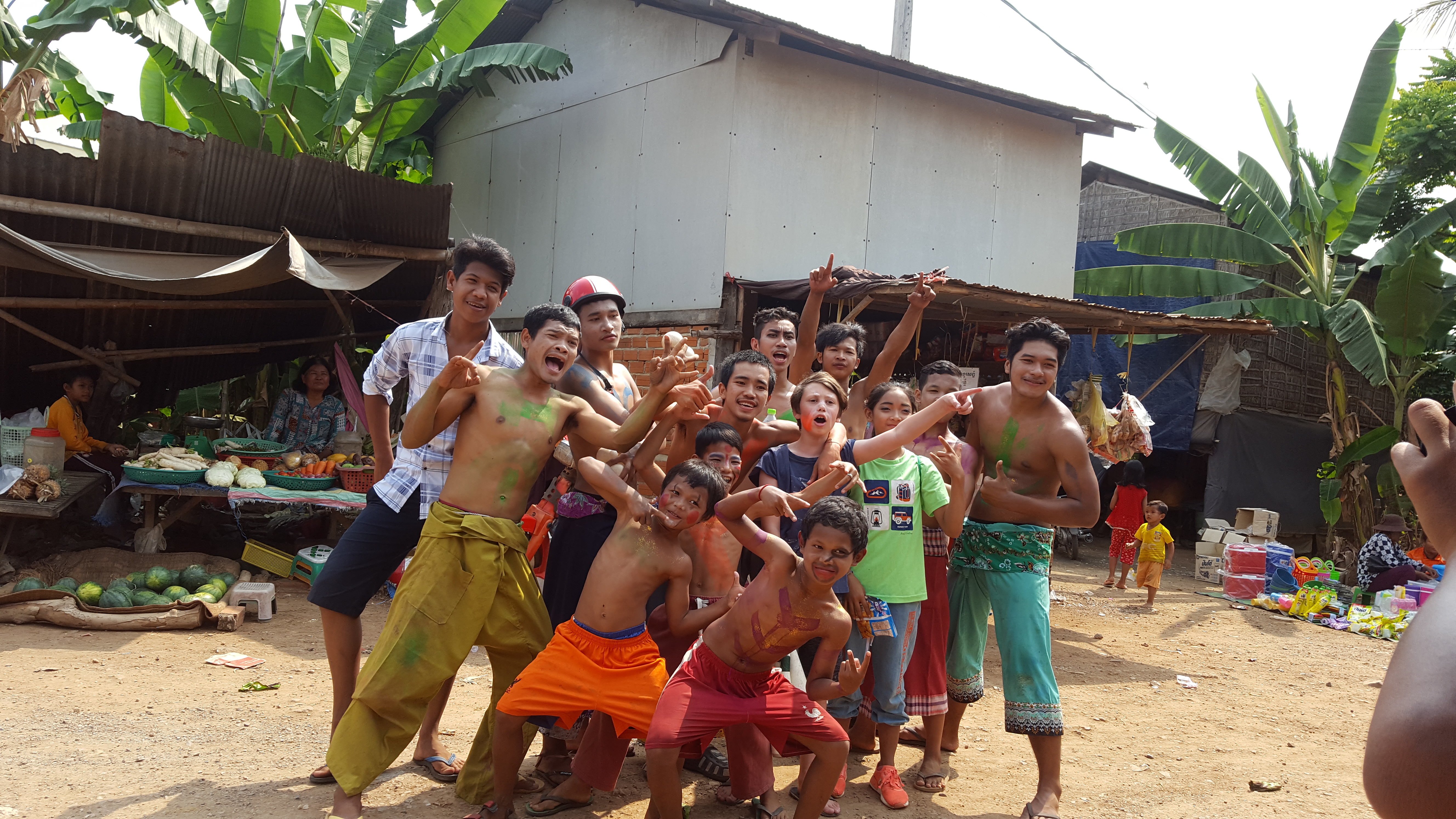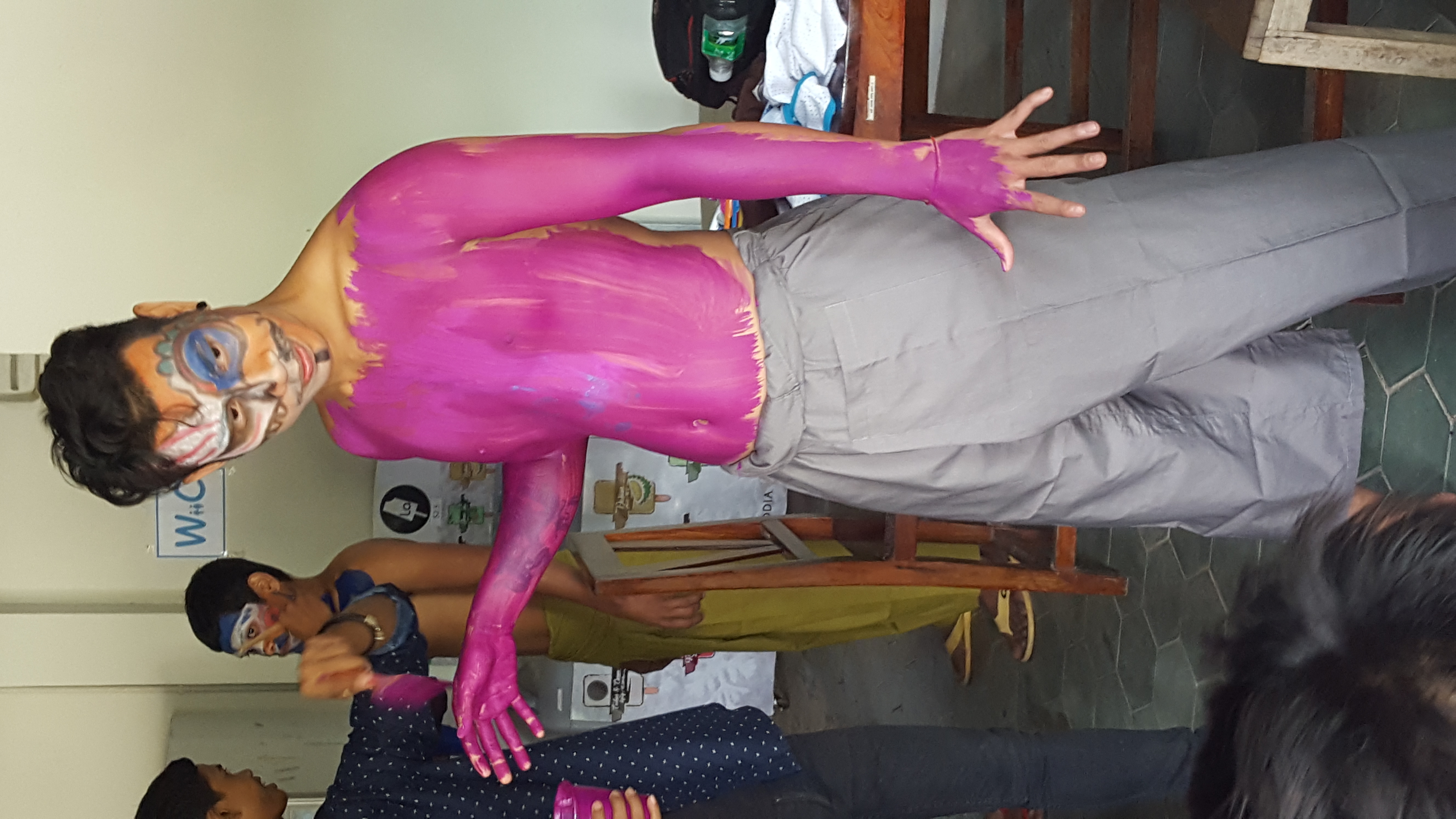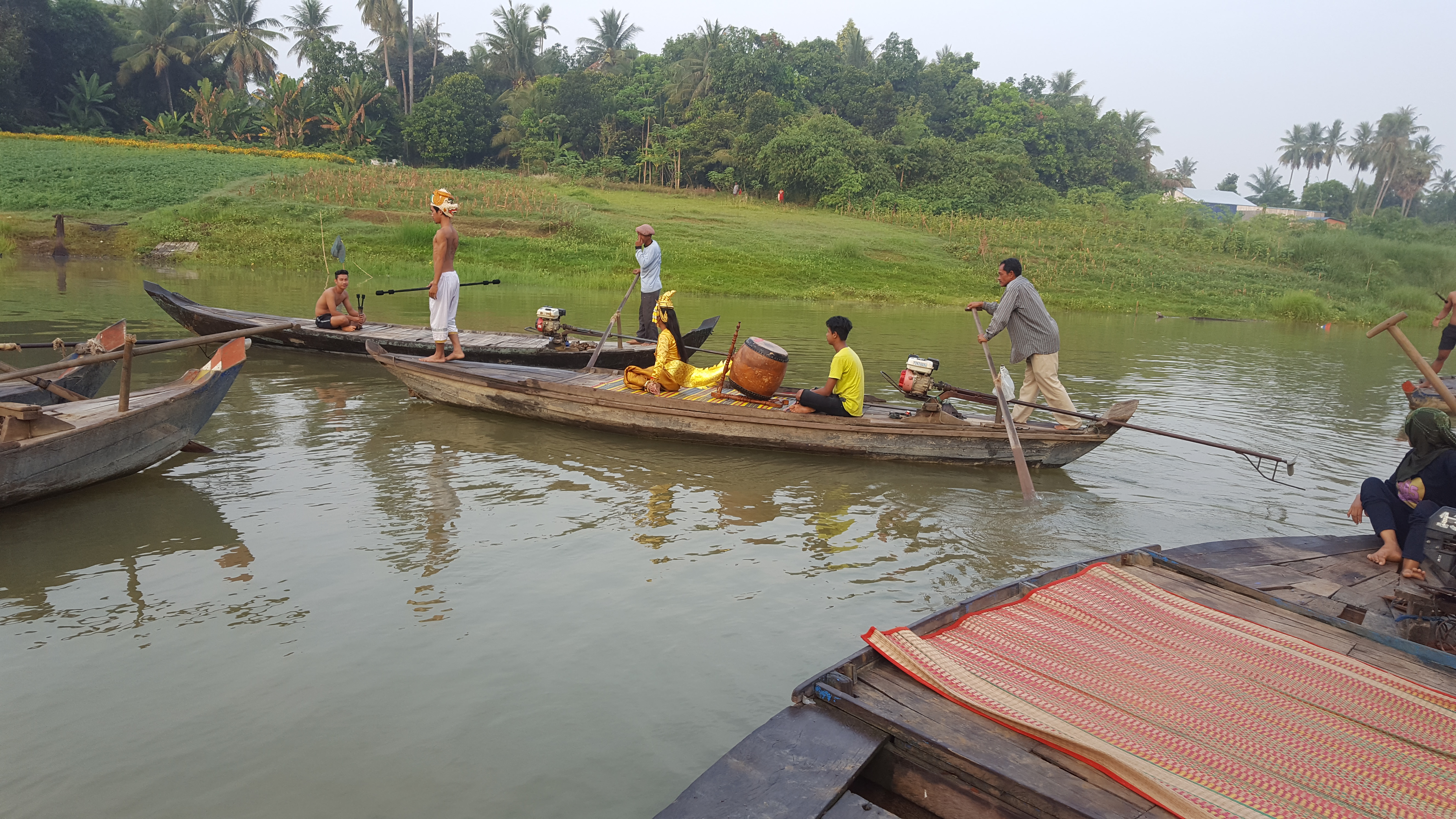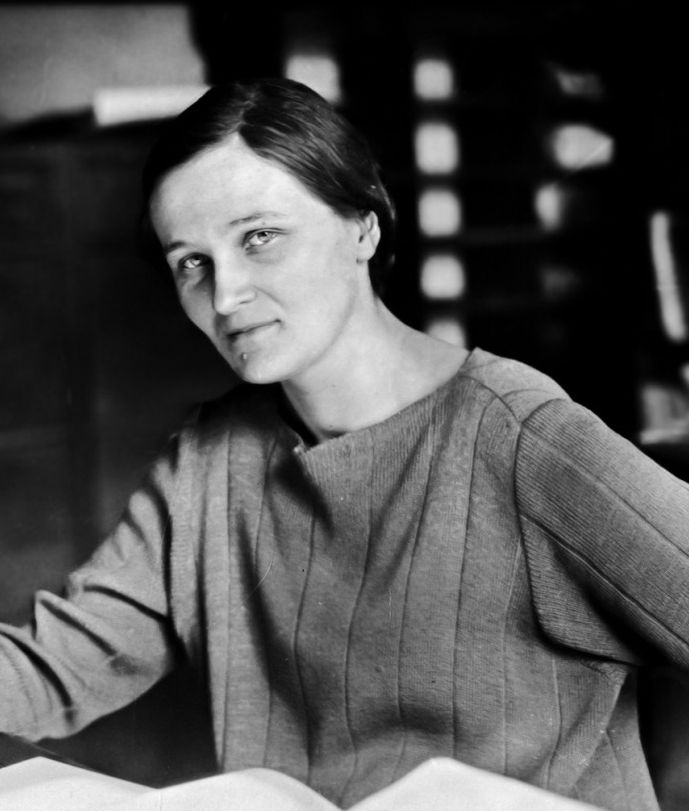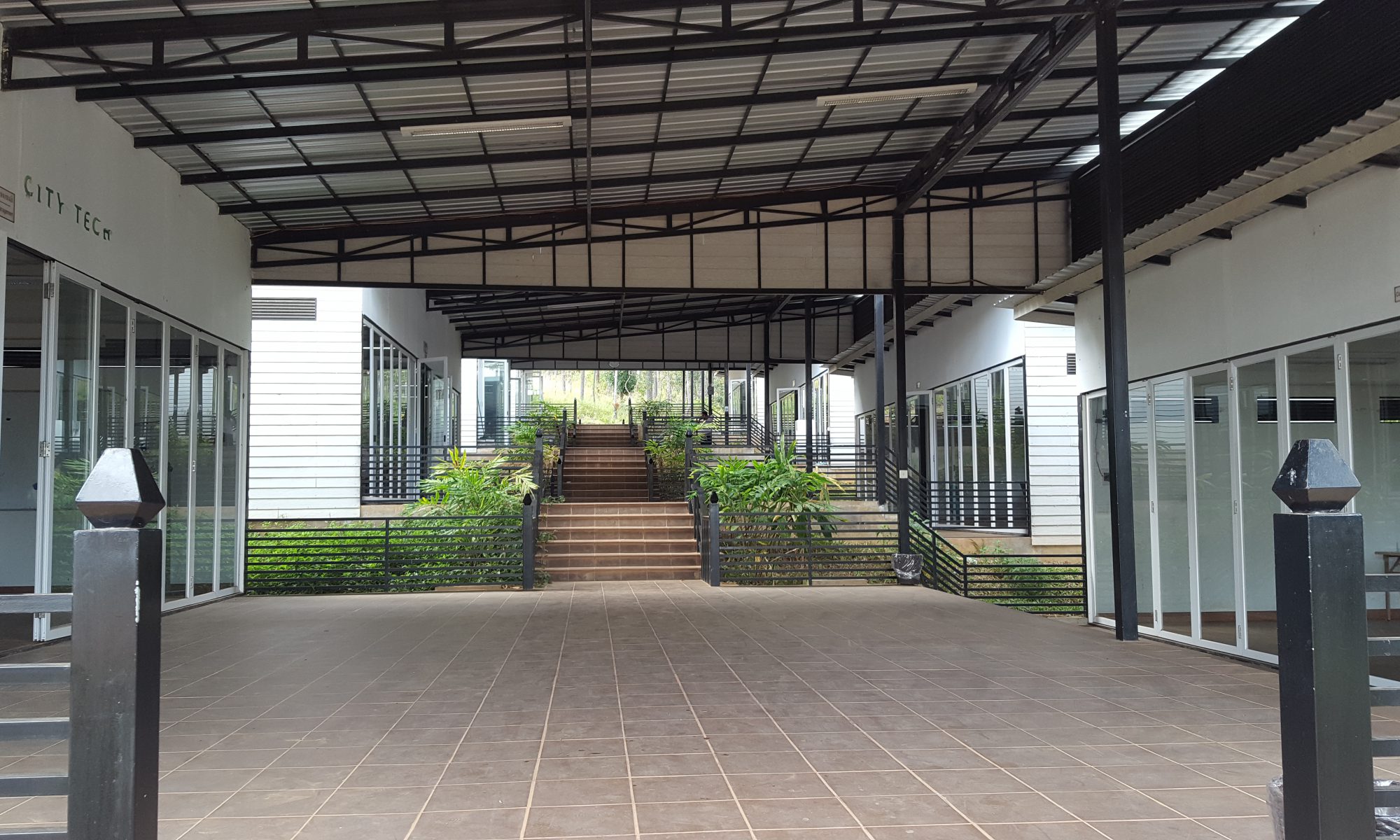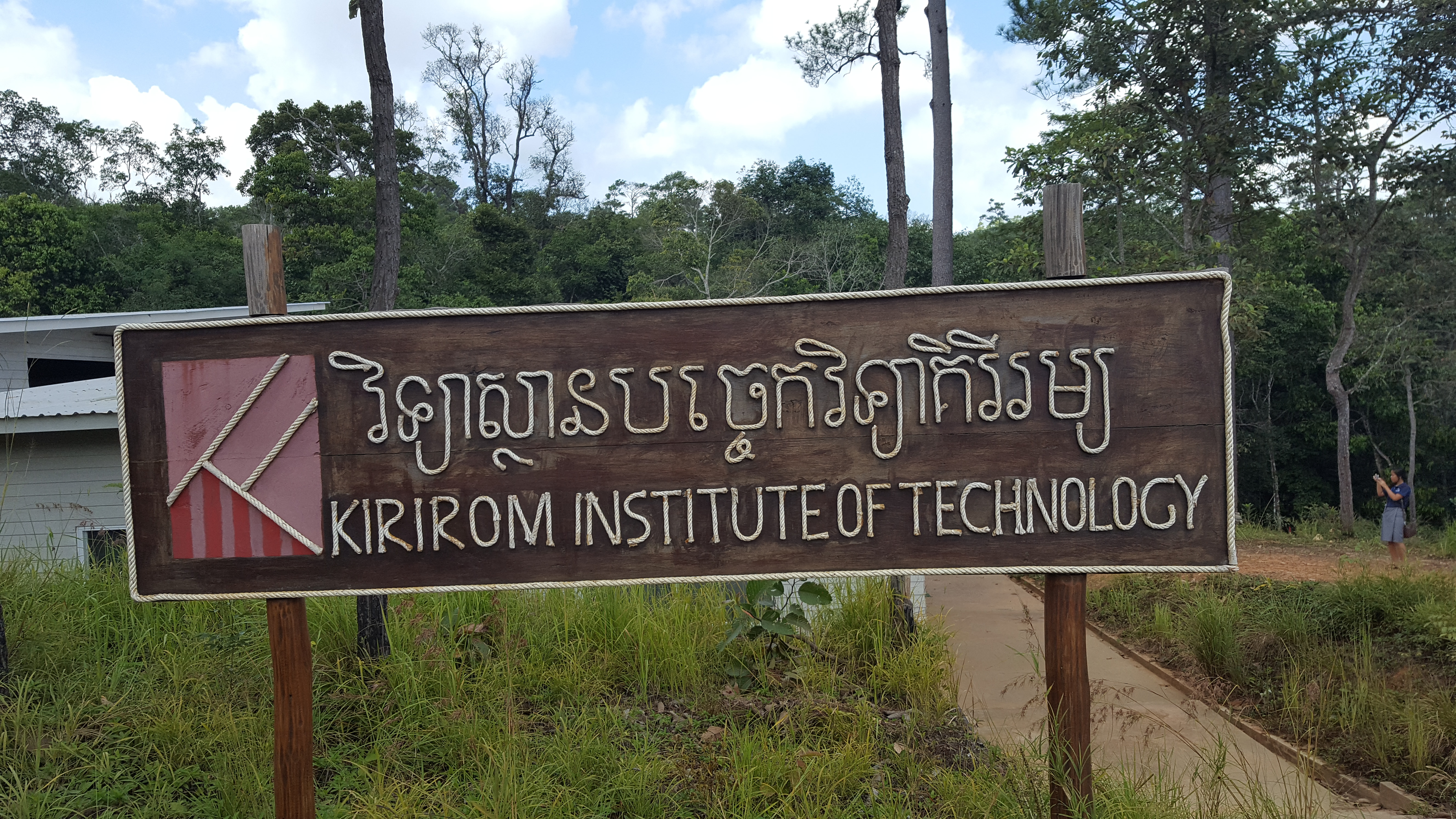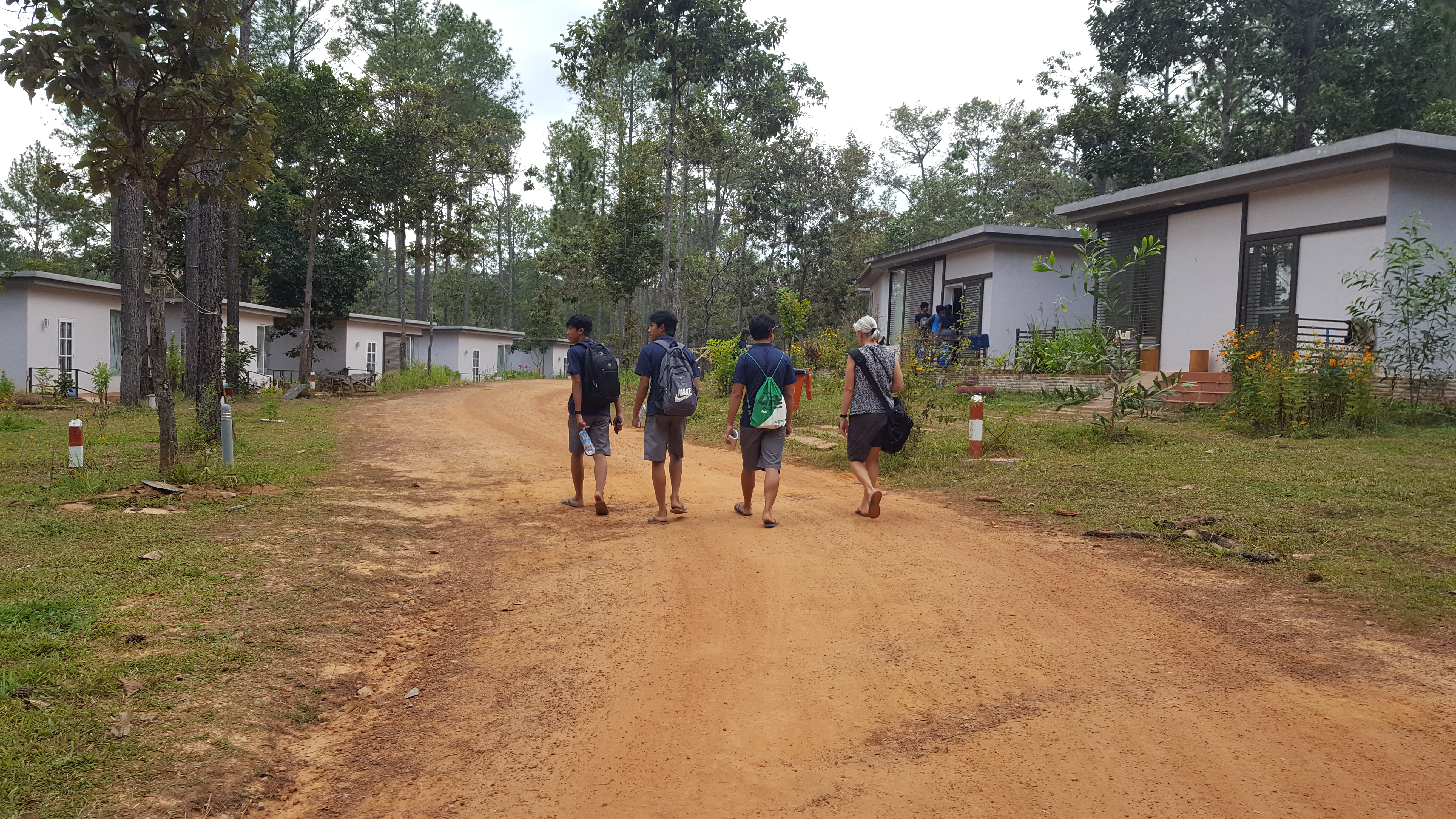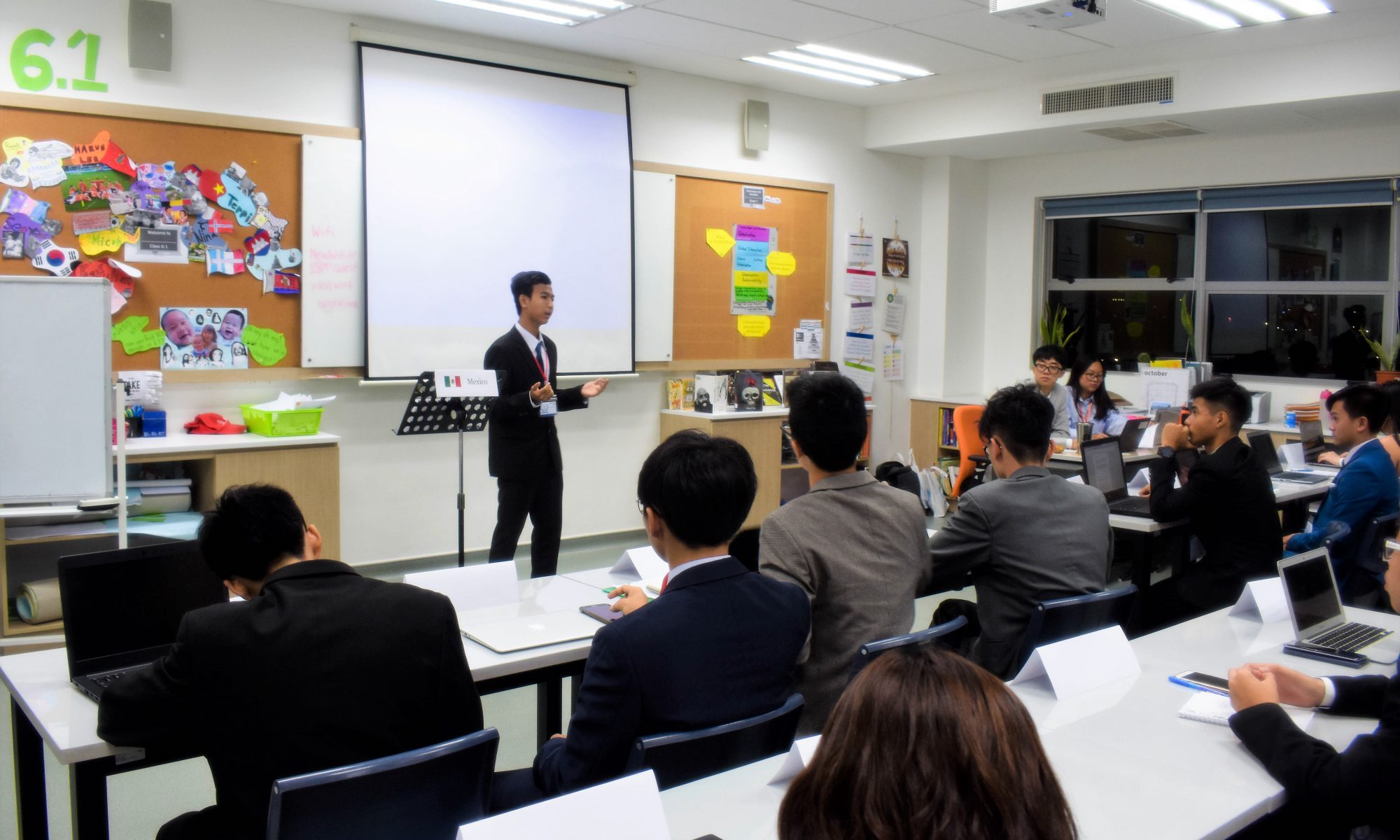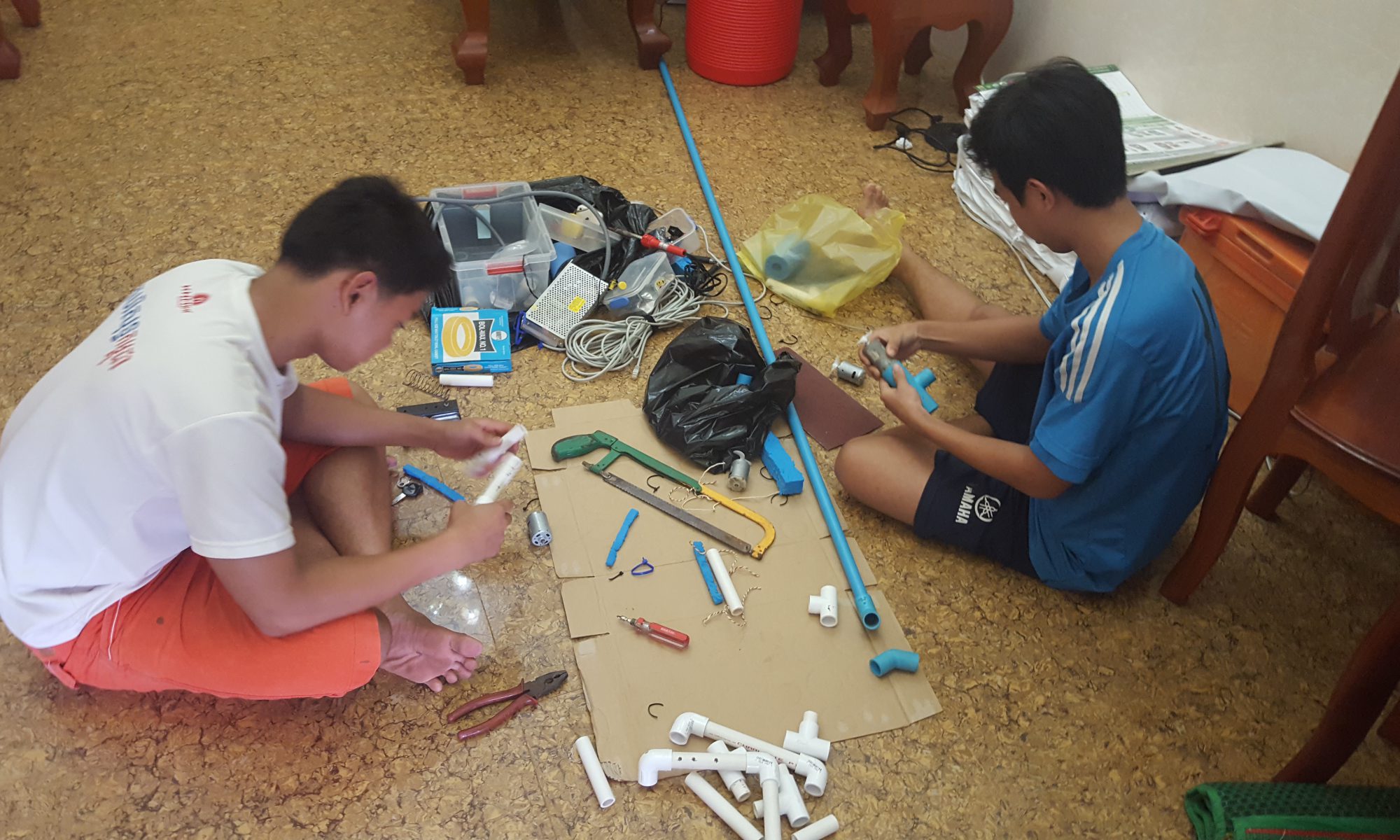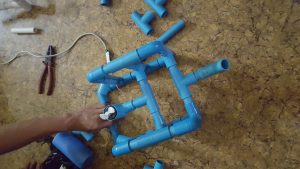The change goes along with passion, action lead to change, the more changes I make, the closer I will reach to my true passion.
I will not be able to find my true passion if I never “force myself” to explore and engage with new projects.
I admit that I knew nothing about filming or any of the cameras stuff, however, I still want to give it a try. I believed in myself that I’m going to be useful in some way to create this incredible music video in Battambang province. I met Ryan, who was the filming director and he explained the overall schedule of the filming project and I was surprised when I heard that some days we needed to work up to 14 hours. On the morning I wasn’t sure what to help at the start but later on, I started to play an important role as a bridge between the designing team and the filming director. The colors slowly started to appear from the body of the performers as the designers tried their best to be creative within the painting. Each performers’ body was full of solid colors: green, blue, purple and orange. Everyone who involved in the filming project was amazed by my incredible work and the ability to solve the problem and communicate with elders throughout the whole project.
Normally, the staff would plan and guide us throughout the whole project but for this particular experience, I was so independence. Most of the time, I traveled alone, manage my own schedule, find my own food, and solving my own problems.
This filming was a collaboration between Human Agency and Phare Ponleu Selpak, and the film was under the theme, “Light the fire.” Fire can easily permeate from one location to another and as a change agent, we should also be the fire. I want to spread my knowledge, and my skills just like the fire, so that I could help to improve my own communities and the country. In addition, with a lot of experiences, I will spread my knowledge through my independence and confidence. I’m old enough to do it alone and to spread my word to the communities just like how the fire ignite and cause the effect.
I continued spreading out the fire through a project called Khmer Sight Foundation’s, a community service that helps to cure the villagers’ eyes for free. I was apart of the team to check the patient’s’ ability to view the E eyes chart. Another big responsibility for me was to communicate with the patients to explain to them the foundation. But also, to provide them support and instructions of what to do with each step when checking their eyes. All of these works were done independently by myself, I was really satisfying to help the patients to get their sight back.
I could not stop pushing forward to help my community so in the fifth exploration I am currently involved in the exploration called Mosquito-Borne Diseases in Cambodia. Exploration is a project-based learning, where we not just focus on theories and discuss the problems, but also taking action to create impact. In this exploration, our final project is to do on data analysis report about dengue fever around the school community. The risk analysis was focused on two main villages, Champous Kaek and Koh Krobey and we interested to find the associations of the main three variables: knowledge, behavior, and perceived risk. For the future plan, we would like to distribute out the report to the village chief, local clinic, and the government. In addition, we decided to do an awareness campaign that could help to remind villagers to clean their surrounding environment in order to decrease the risk of getting dengue fever.
Change agent permeates the changes for the community just like the fire with a powerful movement, confidence, and independence. My other three friends and I been thinking about spending our summer break doing cycling around Cambodia two years ago. As we are now independent, we have the knowledge, and we are ready to roll the plan to create impact in this country. I want to inspire those young students, show them how STEM and project-based learning could better their lives and their community.
Aside from that, I also believed this is also another great opportunity to expand the survey and the data analysis, seen we will cycling around Cambodia we could interview the villagers along the way.
As a change agent, I believe in change, I believe in my own words, I believe in my community, I believe that what I share today will be a potential to create impact tomorrow or future. Tina Seelig said, “Passion follows engagement,” the more we are involved, the more passionate we become, I get my passion from engagements and from the journey to create change for Cambodia.
